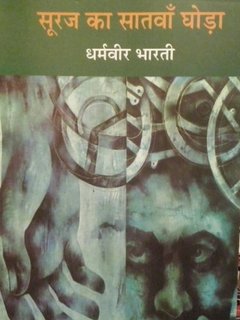'The Metamorphosis' is a novella by Franz Kafka, one of the most influential names in German literature. Most of the works of Franz Kafka were published posthumously. Since then the works of Franz Kafka have become very popular and his style of writing is now known as 'Kafkaesque', which is defined in dictionaries as something 'marked by surreal distortion and often a sense of impending danger.' The depiction of human feelings in 'The Metamorphosis' and his other works and the level of emotional details is a literary achievement in itself.
The novel deals with the feeling of absurdism. When Gregor Samsa, the protagonist of this novel, is 'metamorphosised' then everybody tries to find a reason behind this action. They try to analyze his past behavior and any recent changes and when they could not find any plausible reason behind that, they go into denial. As would be with the works of Albert Camus, it could be like finding reason or meaning in an absurd world.
Kafka describes in detail what it is like to be alienated in society or anywhere where you think you belong to. After becoming a vermin, Gregor Samsa does not fit into the society and that is why he is kept hidden from everyone. Gregor Samsa tries to see the reason behind all this behavior. He even wonders why he cannot behave normally with the family even after he is transformed. Why is he not accepted in his present form? Unknown to a person, he sees the world through his ways of seeing and if somebody is a misfit, then he becomes an object of ridicule. Gregor Samsa's family does not accept him as he is but expects for his 'correction' one day.
Kafka's portrayal of one's helplessness through Gregor Samsa is very lively. After becoming a vermin, Gregor Samsa becomes dependent on his members of the family for food and many other things. Unknown to him, his habits and choices have also gone through a change. Due to this, he can't do much even if he wants to. Gregor Samsa later comes to term with his new form and tries to learn to use his limbs. It is like coming to a world where all the previous knowledge is useless and a person has to learn everything to survive.
The novel is vivid in the depiction of human feelings of many types - helplessness, frustration, hate, anger, fear and denial. The passages in the novel describing these emotions look so real and sometimes one might wonder whether Kafka himself had gone through all such emotions. I read somewhere on the internet that in a way 'The Metamorphosis' was Kafka's own story. His father wanted him to get involved in the family business but Kafka wanted to be an author. His father never really understood the merit of Kafka's works and would abuse him. In fact, there are many resemblances between Kafka's and Samsa's family. It can be said that this novel is a story of a struggle for acceptance of a person who has changed without his wish.












